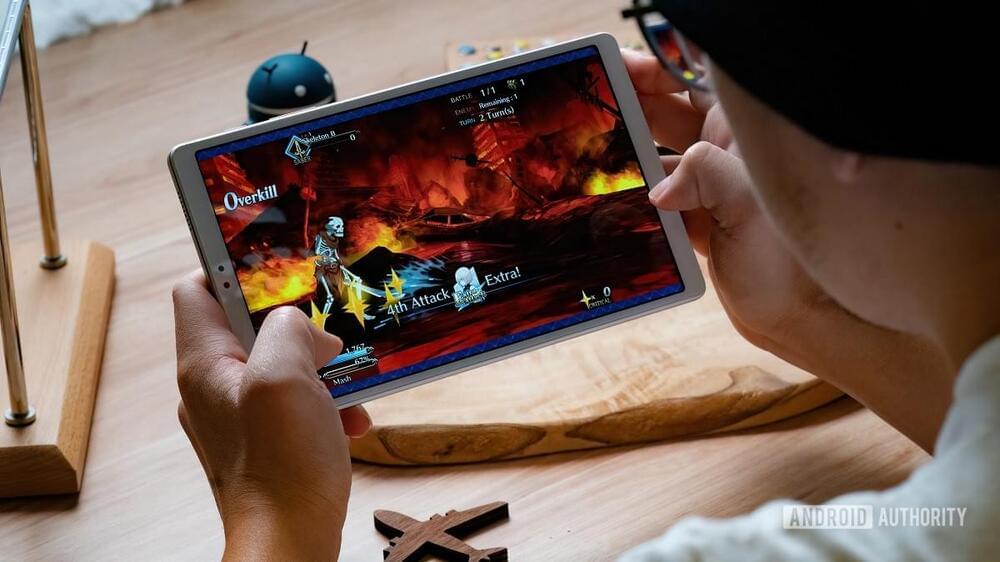This portable unit needs less power to operate than a cell phone charger and could make it much easier for those in resource-poor areas to desalinate water.
Category: mobile phones – Page 96
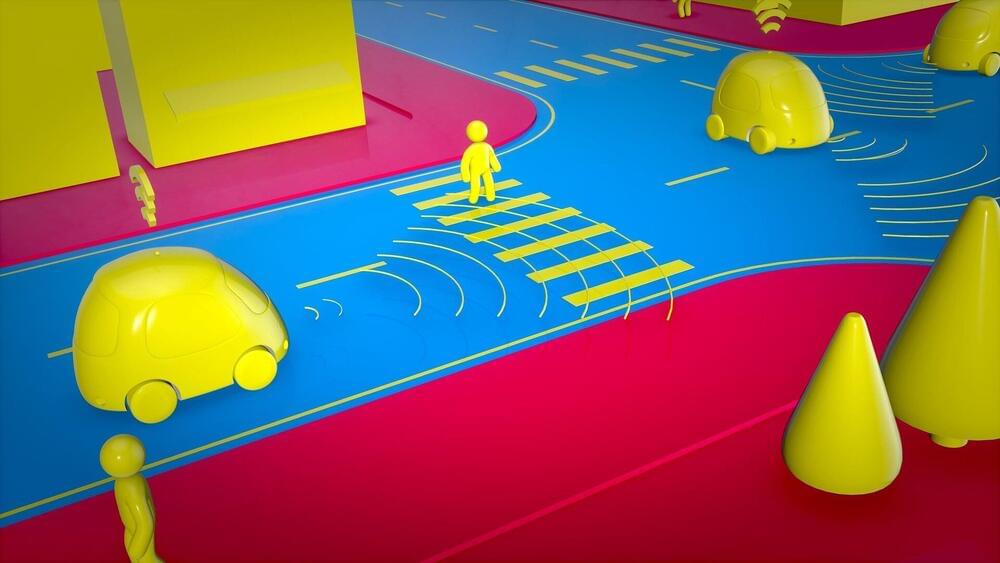
Meta-optics: The disruptive technology you didn’t see coming
Robots and autonomous cars will have eyes that see much more than the human eye is capable of, a review of the growing field of meta-optics has found.
Meta-optics is advancing science and technology far beyond the 3,000-year-old optical paradigm that we rely on for the visual human-machine interface, such as through cameras in our mobile phones, the lenses in microscopes, drones, and telescopes. Optical components are the technology bottleneck that meta-optics aims to transform, bringing the stuff of science-fiction stories into everyday devices.
The field, which blossomed after the early 2000s thanks to the conceptualization of a material with negative refractive index that could form a perfect lens, has grown rapidly in the last five years and now sees around 3,000 publications a year.
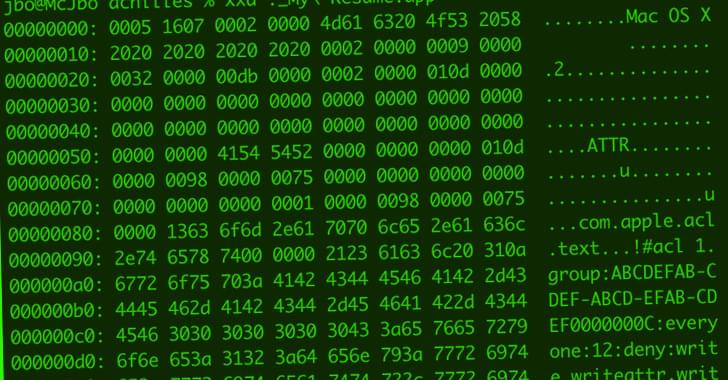
Microsoft Details Gatekeeper Bypass Vulnerability in Apple macOS Systems
Microsoft has disclosed details of a now-patched security flaw in Apple macOS that could be exploited by an attacker to get around security protections imposed to prevent the execution of malicious applications.
The shortcoming, dubbed Achilles (CVE-2022–42821, CVSS score: 5.5), was addressed by the iPhone maker in macOS Ventura 13, Monterey 12.6.2, and Big Sur 11.7.2, describing it as a logic issue that could be weaponized by an app to circumvent Gatekeeper checks.
“Gatekeeper bypasses such as this could be leveraged as a vector for initial access by malware and other threats and could help increase the success rate of malicious campaigns and attacks on macOS,” Jonathan Bar Or of the Microsoft 365 Defender Research Team said.
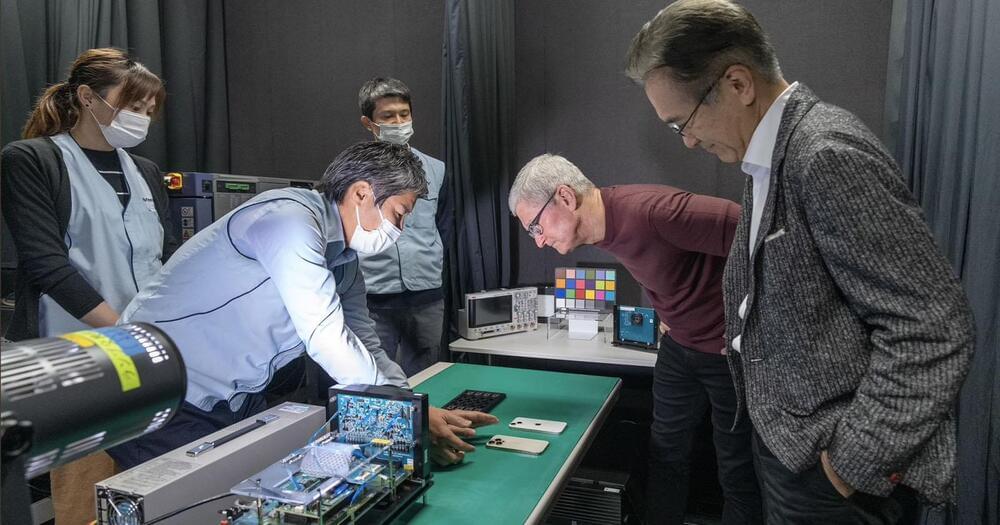
Tim Cook Reveals Apple Has Used Sony Image Sensors for 10 Years
Apple CEO Tim Cook has revealed that the iPhone has been using Sony camera sensors for the last 10 years.
While it’s not a well-kept secret that Sony provide Apple with sensor technology, Apple tend to keep tight-lipped about the specifics of hardware components that go into the iPhone.
Apple lists the megapixels, focal length, aperture, and other specifications; but doesn’t mention identifiable hardware components.
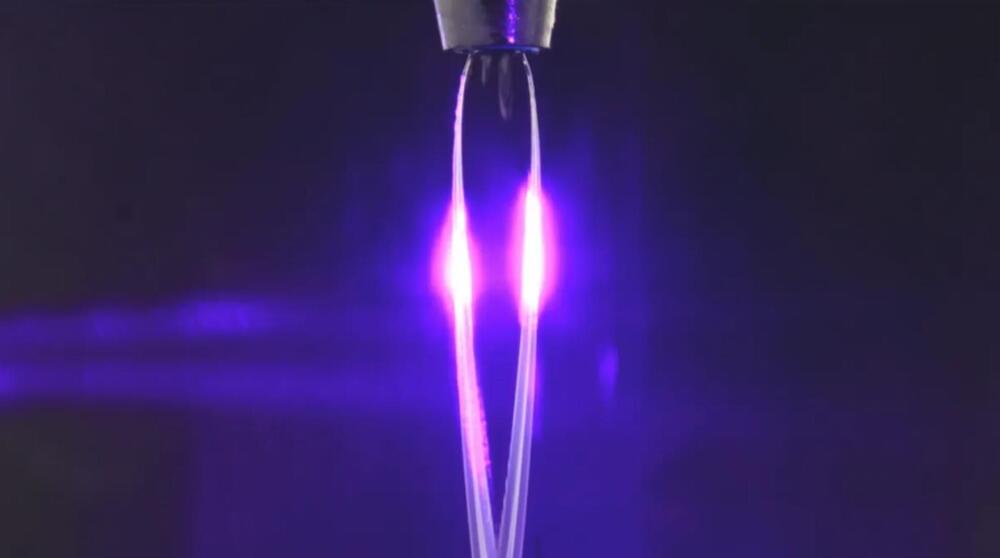
A new water-based switch is thousands of times faster than current semiconductors
Water becomes conductive within one trillionth of a second.
Researchers have developed a water-based switch that becomes conductive thousands of times faster than current state-of-art semiconductor-based switches. Such switches are used in computers, smartphones, and wireless communications.
Essentially, a short but powerful laser pulse converts the water into a conductive state within less than a trillionth of a second (10-12 seconds), during which time it behaves almost like a metal.
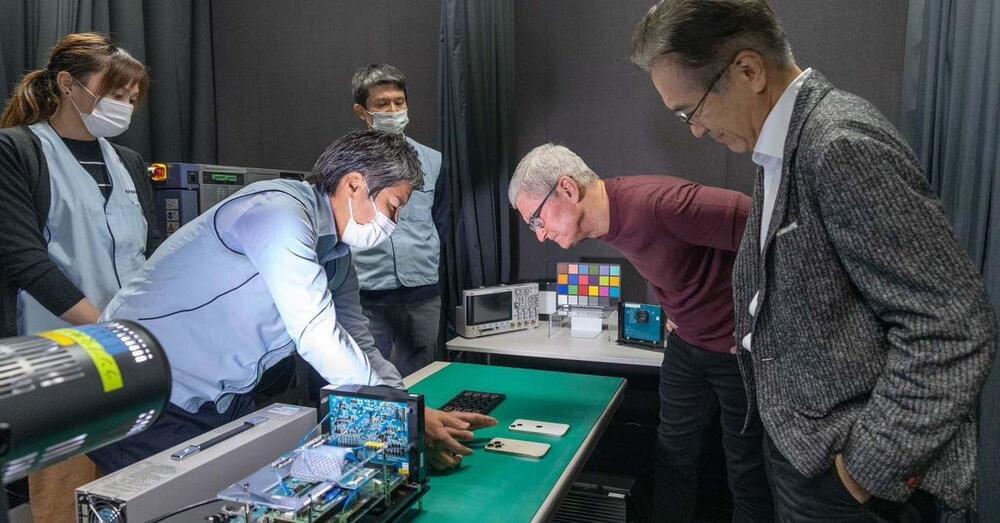
Tim Cook admits that iPhones use Sony camera sensors
It’s a rare confirmation of the components that go into the iPhone. ‘We’ve been partnering with Sony for over a decade,’ Cook said.
Tim Cook has tweeted an admission that Apple uses Sony image sensors in its iPhones as part of the CEO’s supplier tour of Japan. “We’ve been partnering with Sony for over a decade to create the world’s leading camera sensors for iPhone,” Cook tweeted, and thanked Sony CEO Kenichiro Yoshida for showing him around the Kumamoto facility. A photo shows Cook being shown his company’s own smartphone, which is objectively very funny.
The partnership looks set to continue.
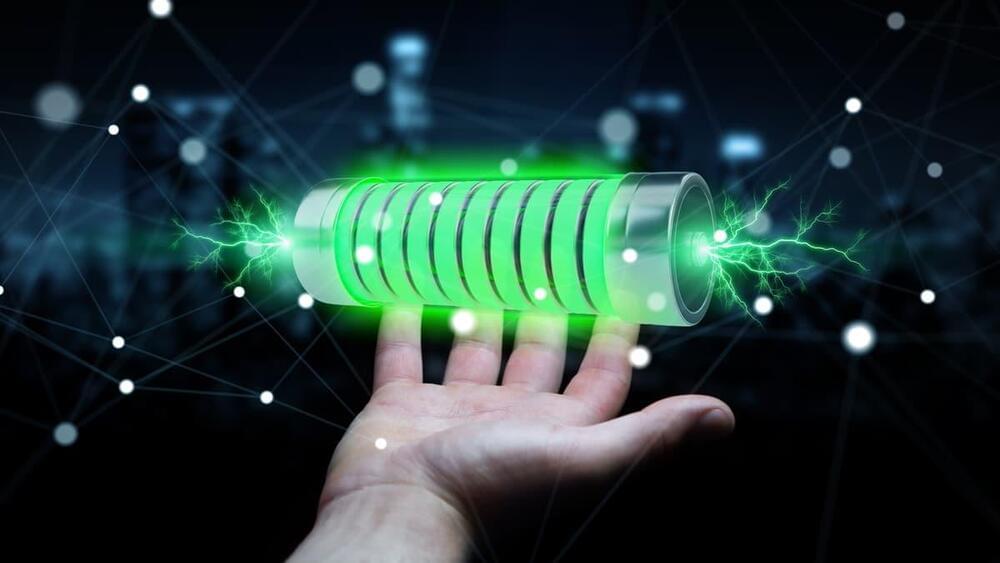
Magnetically stirred electrolyte puts high-density batteries in the mix
Next-generation batteries could take on many forms, but one design that scientists are pinning a lot of hope on involves the use of lithium metal. The excellent energy density of this material could see batteries power smartphones for days at a time, and by designing a new electrolyte that can be controlled by an external magnetic fields, scientist in South Korea have edged them a little closer to reality.
A lithium-metal battery is one that would see this material deployed in place of the graphite and copper used in the anode of today’s lithium-ion batteries. This could make for smaller and lighter anodes with far superior energy density, which could see smartphones require far fewer charges each week or an electric vehicle travel much farther on each charge.
But one problem researchers continue to run into is the growth of tentacle-like protrusions on the anode called dendrites, which swiftly cause the battery to fail. There is no shortage of potential solutions when it comes to addressing this issue, and now a team at the Daegu Gyeongbuk Institute of Science and Technology have thrown another bright idea into the mix.
Scientists create living smartwatch powered by slime mold
Devices such as cellphones, laptops and smartwatches are constant companions for most people, spending days and nights in their pocket, on their wrist, or otherwise close at hand.
But when these technologies break down or a newer model hits stores, many people are quick to toss out or replace their device without a second thought. This disposability leads to rising levels of electronic waste—the fastest-growing category of waste, with 40 million tons generated each year.
University of Chicago scientists Jasmine Lu and Pedro Lopes wondered if they could change that fickle relationship by bringing devices to life—literally.
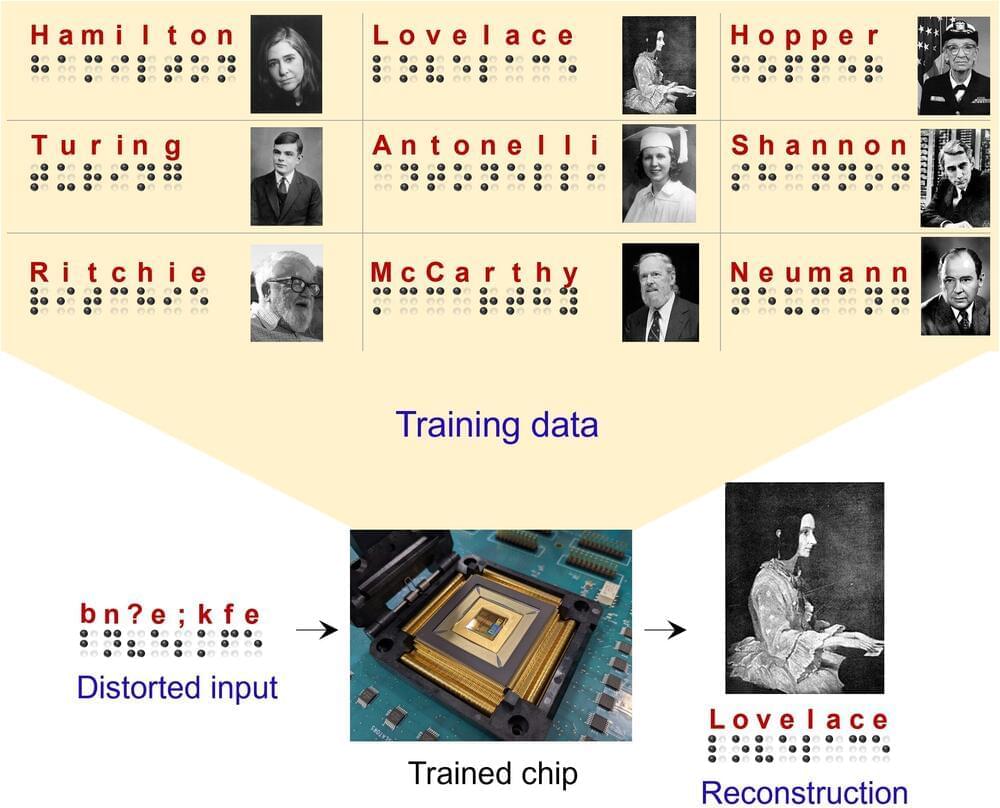
A memristor crossbar-based learning system for scalable and energy-efficient AI
Deep-learning models have proven to be highly valuable tools for making predictions and solving real-world tasks that involve the analysis of data. Despite their advantages, before they are deployed in real software and devices such as cell phones, these models require extensive training in physical data centers, which can be both time and energy consuming.
Researchers at Texas A&M University, Rain Neuromorphics and Sandia National Laboratories have recently devised a new system for training deep learning models more efficiently and on a larger scale. This system, introduced in a paper published in Nature Electronics, relies on the use of new training algorithms and memristor crossbar hardware, that can carry out multiple operations at once.
“Most people associate AI with health monitoring in smart watches, face recognition in smart phones, etc., but most of AI, in terms of energy spent, entails the training of AI models to perform these tasks,” Suhas Kumar, the senior author of the study, told TechXplore.
